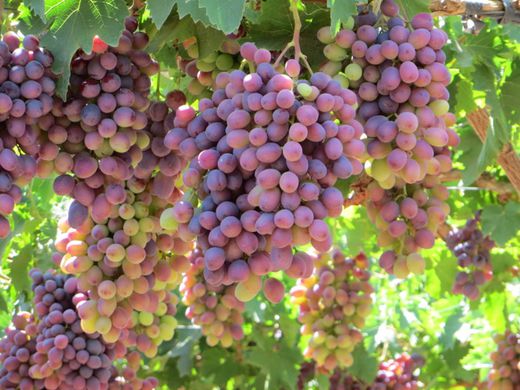Chile’s grape production continues decline
In the past five years, Chile’s table grape planted area declined, but the decrease has slowed down since 2015/16 and the planted area in 2017/18 totalled 48,202 ha. One reason for the shift away from producing grapes is the declining profits they can secure in export markets in the face of increasing competition from abroad and higher expectations of quality, calibre and new varieties. This means table grape producers must convert their orchards to more modern varieties and that requires capital investment. Chile’s first table grape harvest takes place in November and December in the northern regions of Atacama and Coquimbo, where water availability used to be an issue. However, the abundant winter rainfall in 2017/18 replenished reservoirs to almost maximum capacity and the next five campaigns look secure.

Around 80% of Chile’s table grape production is destined for export. In 2016/17, exports were up 6.4% from the previous year to 731,156 tons. The number-one market is the US, accounting for 47% of the total shipments. Grape exports in 2017/18 are projected to drop 1.5% from 2016/17 to volume of 720,000 tons. The peak export month is expected to be April, according to data from ODEPA.



